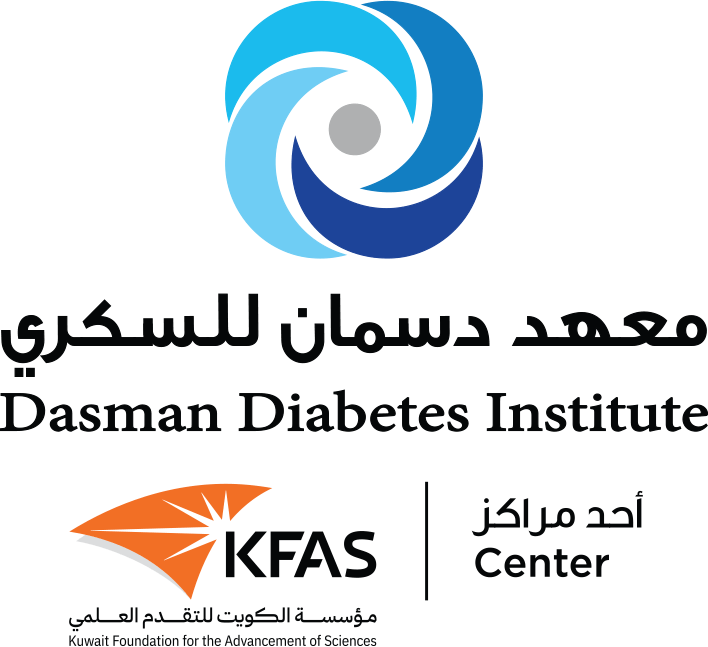
ANIMAL AND IMAGING FACILITY
In this issue of the newsletter, we will be highlighting the research being carried out by the Animal and Imaging Core Facility at DDI, led by Dr. Ashraf Madhoun.
RESEARCH HIGHLIGHT
Discover the latest research being carried out at DDI
Fat Tissue And Metabolic Inflammation
Published on 01/05/2019
Chronic low-grade inflammation is linked with obesity and has been shown to lead to insulin resistance and the development of type 2 diabetes. Inflammation is a vital process in our bodies, and part of the immune system response to infection and disease. Proinflammatory cytokines are important signalling molecules in the immune system that trigger inflammation. They are released by white blood cells and attach to specific receptors of other cells.
At DDI, we have conducted two studies that investigated the role of signalling molecules of the immune system in the development of metabolic inflammation in fat tissue. In the first study1, we used molecular biology techniques and confocal microscopy to measure the levels of one proinflammatory cytokine, IL-18, and its receptor IL-18R, in the fat tissues of lean, overweight and obese individuals, with and without diabetes. We found that the levels of these molecules (IL-18 and IL-18R) were higher in the fat tissue of overweight and obese individuals, which correlated with tissue inflammation (Figure 1). We also found that higher levels of these molecules correlated with insulin resistance, a key factor in the progression of diabetes. This study illustrated the key role that the cytokine IL-18 plays in the progression of metabolic inflammation.
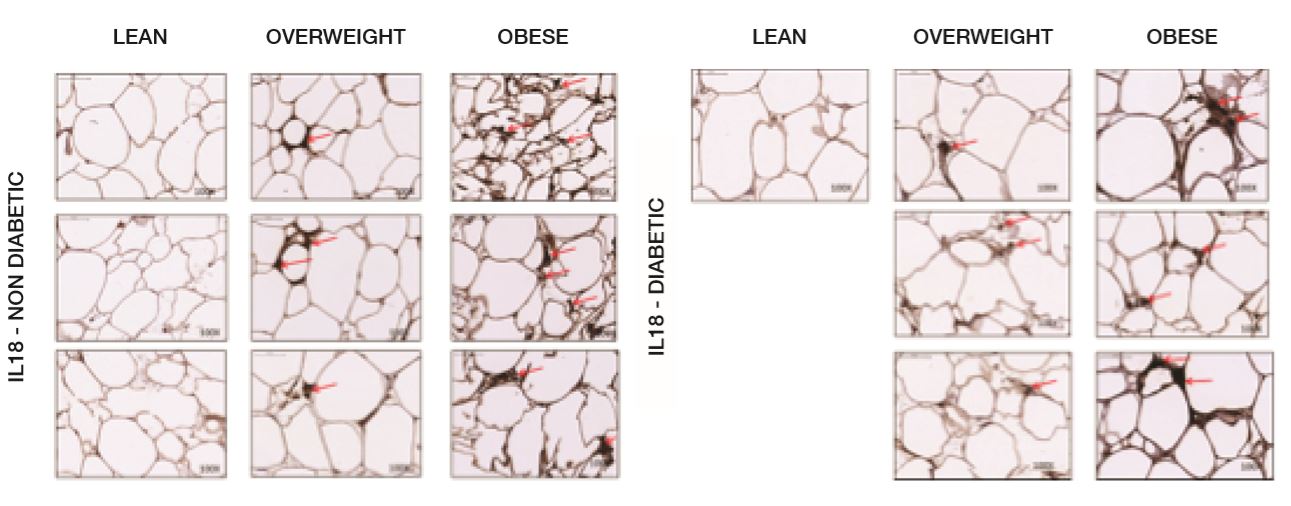

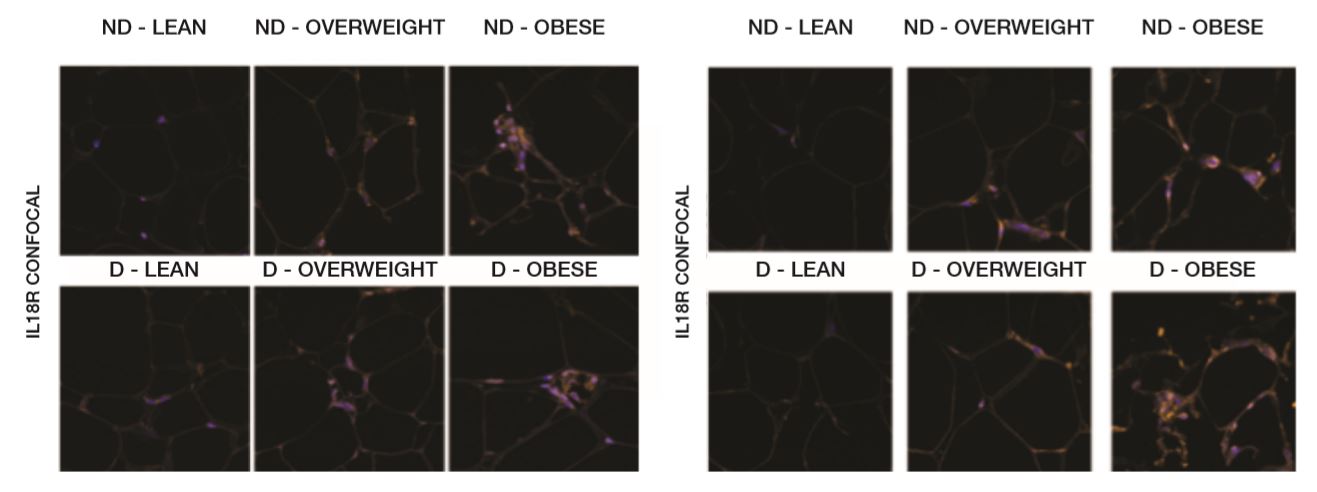

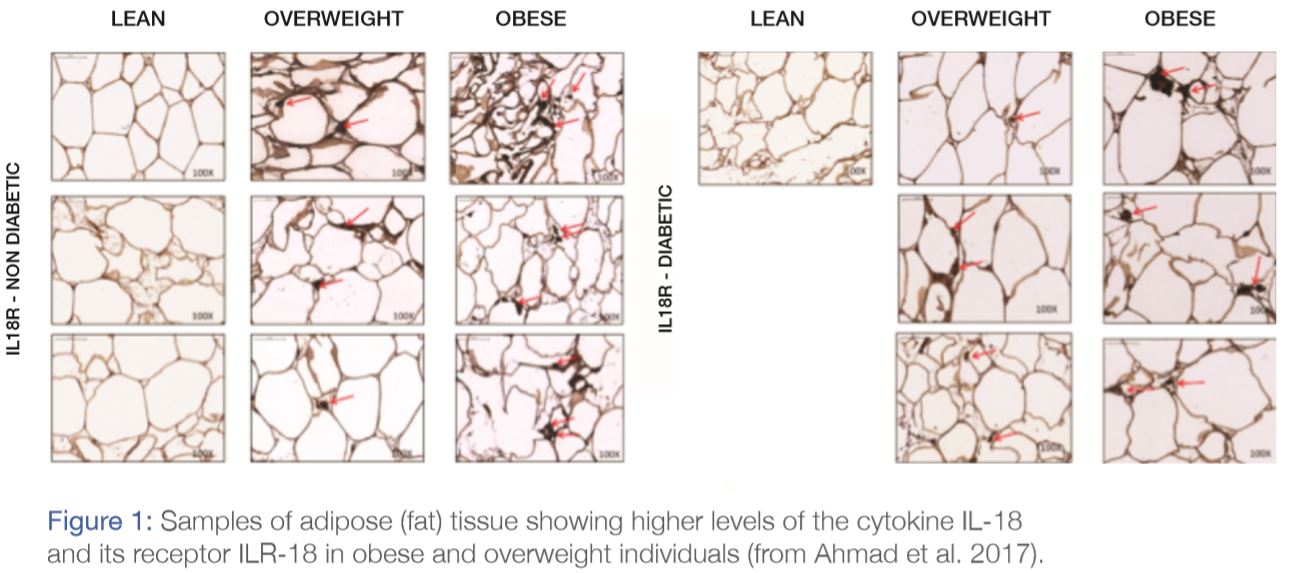

In a second study2, using confocal microscopy and immunohistochemistry, we found that fat tissue from obese individuals expressed higher levels of TLR10, a receptor protein found in specialized cells of the immune system (like macrophages and dendritic cells) (Figure 2). Moreover, we found that oxidative stress induced the expression of TLR10 in peripheral blood mononuclear cells; and when the cells were treated with antioxidants, these effects were reverted. Oxidative stress is also known to promote the expression of proinflammatory cytokines, which may have implications in metabolic inflammation. The results of this study suggest a novel mechanism by which TLR10 receptors affect the inflammation process of fat tissue, providing further insight into the link between obesity and metabolic inflammation.
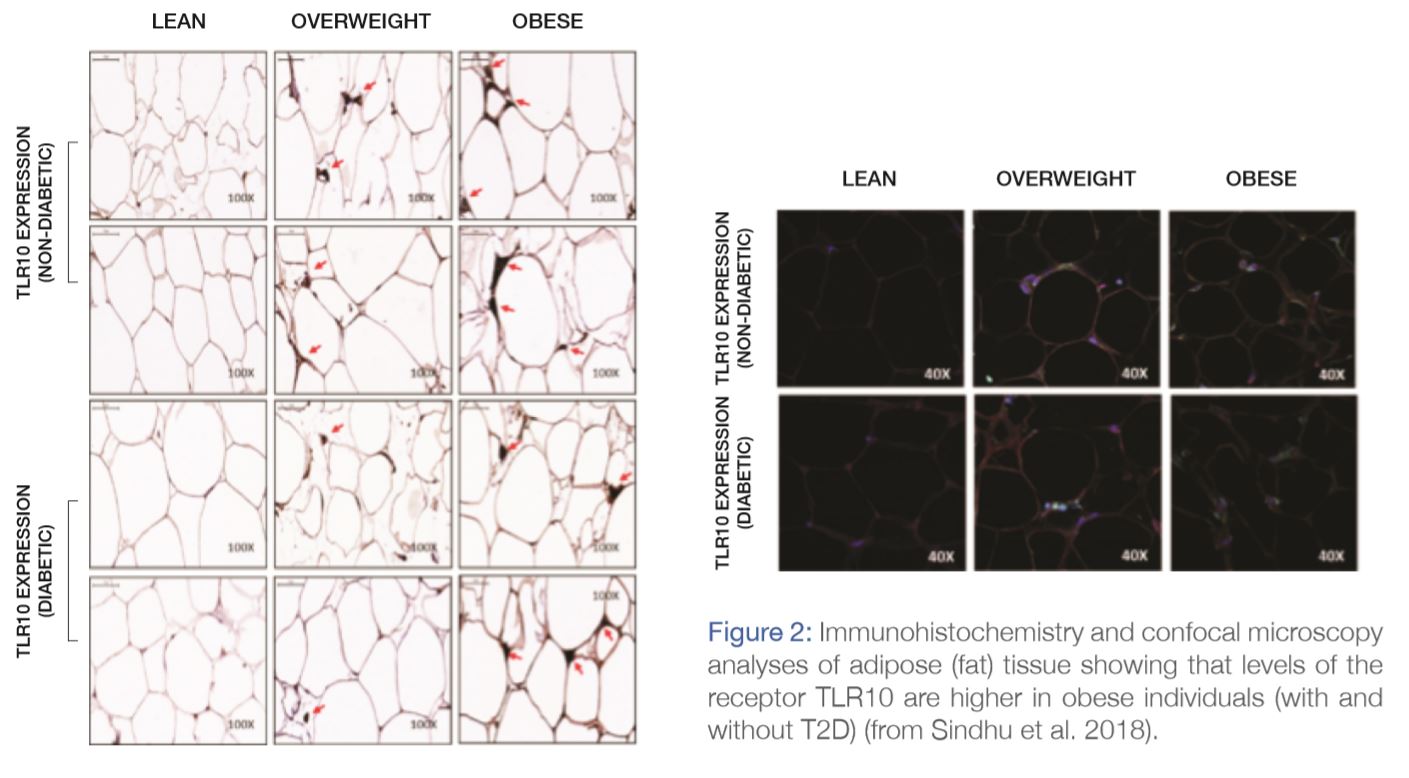

Both studies present important contributions to advance our understanding of metabolic inflammation and its effect in conditions leading to diabetes, such as insulin resistance and beta-cell dysfunction. Imaging techniques, such as the ones used in these studies, are important methodologies that allow scientists to develop their projects in diabetes research.
Ahmad, R., et al., Increased adipose tissue expression of IL-18R and its ligand IL-18 associates with inflammation and insulin resistance in obesity. Immun Inflamm Dis 2017; 5: 318-335.
Sindhu, S., et al., Increased Expression of the Innate Immune Receptor TLR10 in Obesity and Type-2 Diabetes: Association with ROS-Mediated Oxidative Stress. Cell Physiol Biochem 2018; 45: 572-590.


